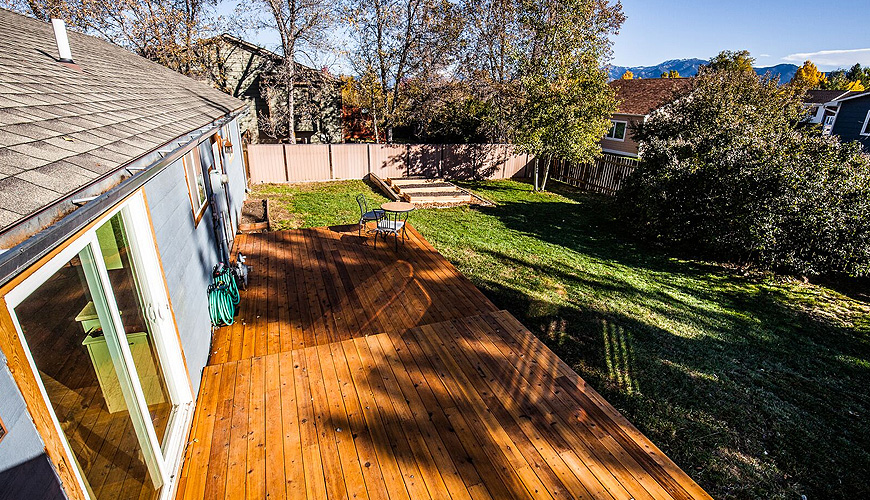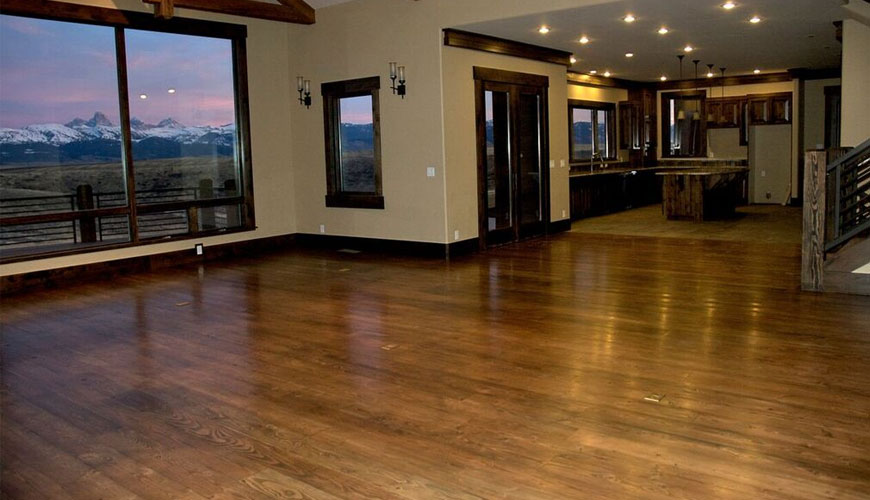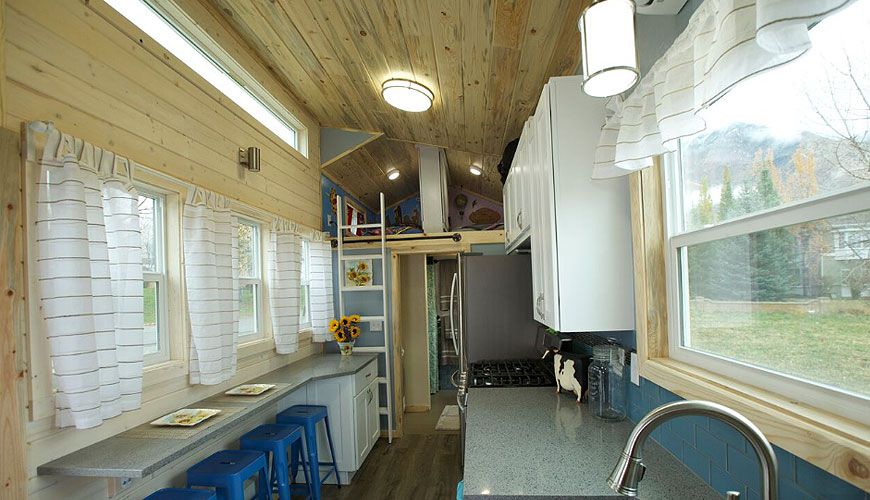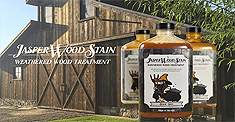The Most Stable Woods That Warp and Shrink Less
Moisture and humidity affect the durability of woods all year. But there are timbers that remain resistant to warping and shrinking for a long time. These are the most stable woods available, considered to be among the most attractive options by interior designers and home builders. Because of their durability and aesthetic qualities, they’re used for woodworking, furniture, and interior and exterior projects. But what makes them so stable and incredibly durable? And what timber species are the most stable against warping and shrinking? We’ll shed some light on that in this article.
Grain Pattern and Timber Species
The most important factors for resistance against warping and shrinking are the grain pattern and species of timber. The straighter the grain and the closer they are together, the more resistant the wood is against warping and shrinking. The way the wood is cut also results in different grain patterns. Normally, quarter-sawn boards are more stable and unsurprisingly, more expensive than other board cuts.
Furthermore, resistance to warping and shrinking is also dependent on the species of timber. Not all timbers are created equal. Some are just superior to others in terms of durability and aesthetic value.
The Most Stable Woods Against Warping and Shrinking
Redwood
Redwood is a popular option among architects and builders because of its strength and durability. It has a reddish-brown tone and a beautiful grain pattern that makes it look premium. If you have a budget to blow, redwood would be a great option. With its rich texture, tone, and smooth appearance on all sides, redwood is unsurprisingly popular for building furniture, decking, patios, and other outdoor projects.
It also has the straightest grain pattern among all commercial woods and has tannins that make it resistant to moisture and rotting. For this reason, redwood remains dimensionally stable for years even when exposed to harsh conditions.
It’s light, easy to work with, and takes stains exceptionally well. However, it can get really expensive and is not as available as other commercial woods like cedar and pine. So if you want to use redwood for your project, better planning is necessary.
Western Red Cedar

Western Red Cedar is another popular choice among architects and builders. With its beautiful tones and exceptional natural resistance to rot, it always tops our list of timber options for virtually any indoor and outdoor project.
It is the second most stable and is the lightest among commercial hardwoods. It comes with natural color tones ranging from pink to brown, making it an attractive piece for exterior or interior cladding. Like redwood, Western Red Cedar is easy to cut, saw, and nail with common tools.
It holds paints, stains, glues, and finishes well so the possibilities are virtually endless when it comes to color. It also carries an aromatic smell and stays beautiful for a very long time which many homeowners love.
Douglas Fir

Douglas fir has a tight brown color with a hint of red and yellow, with darker knots all throughout the board. It contains very little sap or resin that clogs saw blades, making it easier to cut or mill.
Among all the commercial hardwoods, Douglas fir is the most stable on a cellular level. Because once it’s “seasoned,” it virtually stops warping and shrinking. Seasoned wood is wood that has been dried until the moisture content in the wood is balanced out by the moisture content in the air.
Normally, Douglas fir is kiln dried to make them resistant to rot and insects but fir is often shipped uncured. When you receive it in this condition, nail it in place and allow it to settle in its new location until it’s seasoned.
Pine

Pine is another option to go for when you are on a budget. It has a straight grain and is fairly stable against warping and shrinking. Pine has honey or straw color and a pleasant smell which makes it an excellent yet economical choice for building materials.
Moreover, pine has a higher resistance to soil and holds better in very humid environments than cedar and fir. This is why it’s more ideal to use pine for fence posts. But since they don’t have a natural resistance to rot and insects, pine has to be pressure treated. Meaning, they have to be treated with chemicals so to protect them from moisture and rot.
Find the Most Stable Woods for Your Project
We’ve given you the list of most stable woods that warp and shrink less. However, choosing which wood is best for your project still depends on your preference and budget. If you’re ready to take the next steps and get started with your project, talk with our friendly lumber experts at Rustic Lumber Company. We offer a variety of lumbers for decking, flooring, siding, and more. Call us today for your lumber needs.






